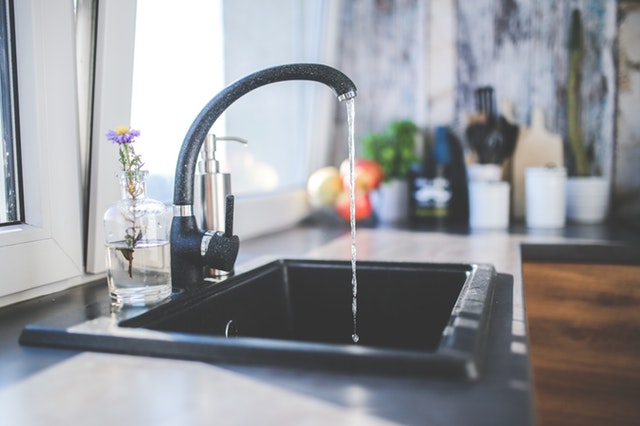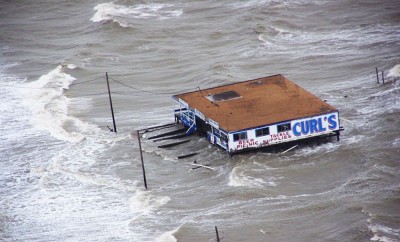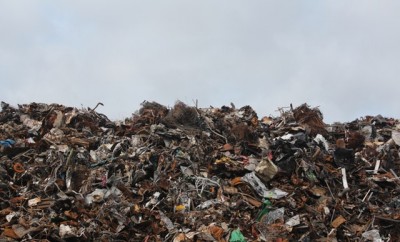
How much plastic is in our drinking water?
Orb Media recently shared some disturbing findings on the subject from a ten-month investigation over 6 continents. Based on the group’s first publicly released scientific study available,
Invisibles: The Plastic Inside Us, the matter is of serious concern to cities across the globe. Research from the D.C.-based non-profit explains that the majority of microplastics (the tiny pieces of plastic less than 5 mm in size discarded from the disposal and breakdown of consumer products and industrial waste) is
in our tap water. These tiny pieces can come from anything from the everyday washing of clothes to the abrasion of laying new carpeting to paints, microbeads, and tire dust.
How did they discover the problem?
The study was designed by Elizabeth Wattenberg at University of Minnesota School of Public Health and Dr. Sherri Mason of the State University of New York at Fredonia and conducted by researcher, Mary Kosuth. MSc in coordination with the Orb. 159 half liter drinking water samples were taken for testing in the study from Ecuador, Cuba, France, Uganda, the U.K., the U.S., Slovakia, Lebanon, Italy, Ireland, India, Indonesia, Germany, and Switzerland. Results of the almost year-long study suggested that 83 percent of collected samples over 14 countries tested positively for contamination with microscopic plastic fibers. These fibers are known to absorb toxic chemicals, later releasing them upon ingestion by wildlife. Since they are not biodegradable, they aren’t leaving anytime soon either. In fact, they’re here to stay, only to be broken down into even smaller pieces — which can easily migrate through the intestines and into other organs of the body.
Microplastics absorb toxic chemicals — which are released later when ingested by wildlife
Molly Bingham, founder and CEO, Orb Media, explains that, “Scientists say they don’t really know how these microplastics reach our taps or what the health risks might be. But microplastics have been shown to absorb toxic chemicals from the marine environment, and then release them when consumed by fish and mammals. I am concerned by the implications of our research. At the very least, I hope that our work triggers large scale, global research on plastic contamination and the ramifications for human health — particularly that of children.”
Contaminant levels were the worst in samples taken from the United States and Europe
To make matters more concerning for most readers of this article, the most contaminated of samples tested originated in the United States — where 94 percent contained microplastics. Europe followed suit with their own 72 percent, leaving them with, according to the Journal of the Environment, “on average 3.8 plastic microfibers per liter of drinking water.”
The only solutions are believed to lie with improvements in the way water treatment centers do their work
No filters or scrubbing systems exist just yet for filtering all of these tiny pieces out of the water system, but most suggest the solutions are best the focus of water treatment centers. Although most treatment centers in the United States and Europe strain out about 98.41 percent of the fibers, studies indicate they may still release as many as 65 million microplastic fibers daily into water system. As Water UK recently reported, “the water industry has no current experience or technologies to separate out microplastics, and treatment of micro plastics by the water industry has never been explored.”







0 comments